Previous - Slovak coins before euro
Slovak euro coins - catalog with values
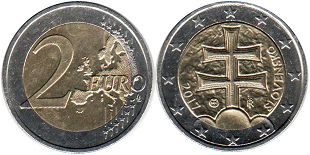
2 euro 2017 (2009- )
bi-metallic - nickel-brass/copper-nickel
circulation coinage
2 EURO
SLOVENSKO / 2017
Coin value ~ 3-4 USD
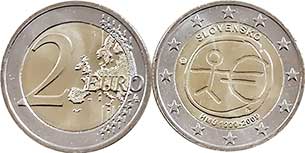
2 euro 2009
bi-metallic - nickel-brass/copper-nickel
commemorative coin
10th Anniversary of Economic and Monetary Union
2 EURO
SLOVENSKO / HMU 1999-2009
Coin value ~ 4-5 USD
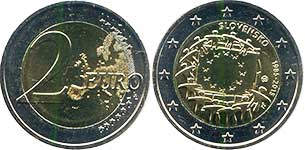
2 euro 2015
bi-metallic - nickel-brass/copper-nickel
commemorative coin
30th anniversary of the EU flag
2 EURO
SLOVENSKO 1985-2015
Coin value ~ 3-4 USD
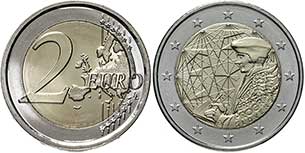
2 euro 2022
bi-metallic - nickel-brass/copper-nickel
commemorative coin
35 years of the Erasmus Programme
2 EURO
1987-2022 ERASMUS PROGRAMME SLOVENSKO
Coin value ~ 3-4 USD
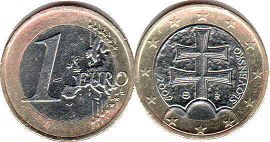
1 euro 2009 (2009- )
bi-metallic - copper-nickel/nickel-brass
1 EURO
SLOVENSKO / 2009
Coin value ~ 2-3 USD
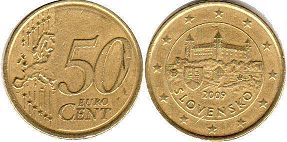
50 euro cent 2009 (2009- )
brass
50 EURO CENT
SLOVENSKO / 2009
Coin value ~ US$1
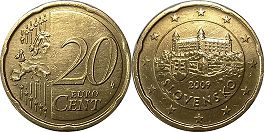
20 euro cent 2009 (2009- )
brass
20 EURO CENT
SLOVENSKO / 2009
Coin value ~ US$1
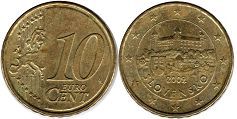
10 euro cent 2009 (2009- )
brass
10 EURO CENT
SLOVENSKO / 2009
Coin value < US$1
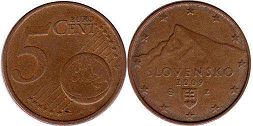
5 euro cent 2009 (2009- )
copper plated steel
5 EURO CENT
SLOVENSKO / 2009
Coin value < US$1
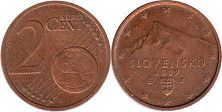
2 euro cent 2009 (2009- )
copper plated steel
2 EURO CENT
SLOVENSKO / 2009
Coin value < US$1

1 euro cent 2018 (2009- )
copper plated steel
1 EURO CENT
SLOVENSKO / 2018
Coin value < US$1
Euro coins of other countries
AndorraAustria
Belgium
Croatia
Cyprus
Estonia
Finland
France
Germany
Greece
Italy
Ireland
Latvia
Lithuania
Luxembourg
Malta
Monaco
Netherlands
Portugal
San Marino
Slovenia
Spain
Vatican
Costs of Slovakia euro coins in this catalog approximate and indicated specifically for the coin shown in the picture.
I do not buy or sell coins - this is just a catalog.

